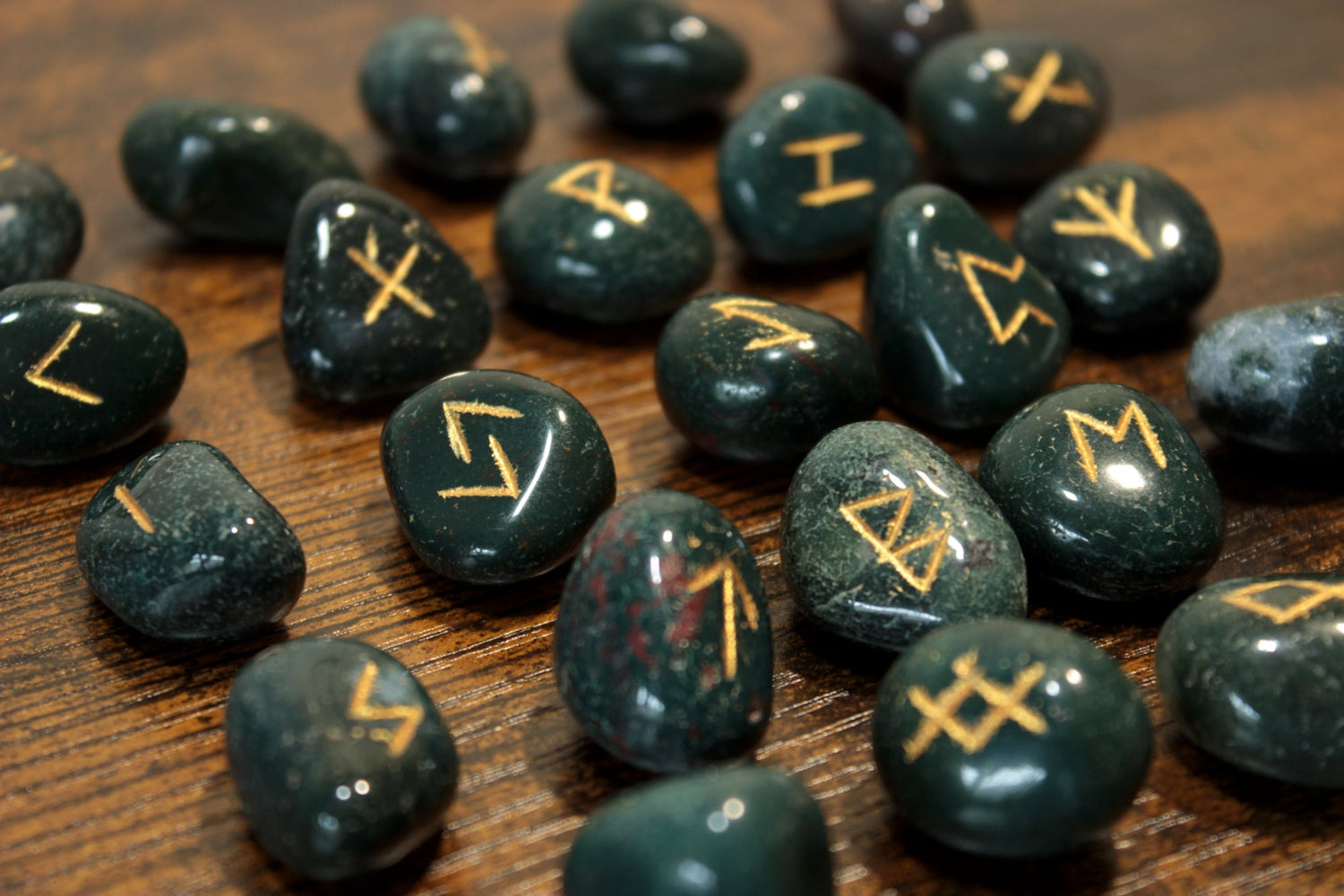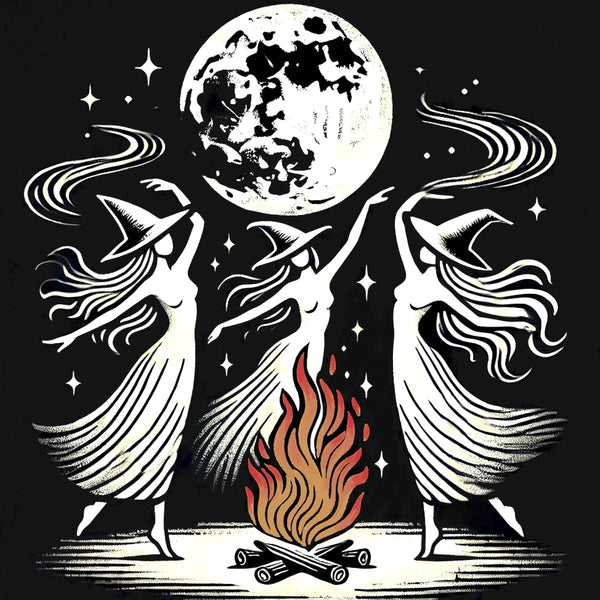
YARROW: USES AND PROPERTIES
Galician name: Herba dos carpinteiros.
Latin name: Achillea millefolium
ABOUT THE PLANT
Parts used: Its flowers, which are collected and dried in summer. The flowers appear in mid-spring and continue until autumn.
It is a rhizomatous plant from the Asteraceae family (derived from the type genus of the Aster family, a term which - in turn - comes from the Greek ἀστήρ which means "star" and refers to the shape of the inflorescence).
The flowers are arranged in floral heads with 5 ligules gathered in corymbs of 5 to 10 cm .

INTERESTING HISTORICAL DATA:
Yarrow has been identified in a site of Neanderthal remains and may have already been part of primitive pharmacology.
Achilles' heel and the Achilles' heel
According to legend, during the Trojan War, the goddess Aphrodite washed the wounded heel of the famous warrior Achilles with yarrow, later named Aquileia in his honour.
Despite having used the plant that bears his name, Achilles ended up dying as a result of the wound in his heel.
However, it became an inseparable companion of warriors and has been given names such as “soldiers' herb” because some soldiers carried their own yarrow remedy with them.
In the 20th century, the properties attributed to the plant for more than 2000 years have been scientifically confirmed and it is one of the most used plants in phytotherapy.
MEDICINAL PROPERTIES:- It regulates irregular menstrual cycles (due to its emmenagogue action) and relieves dysmenorrhea - menstrual pain. It helps stop excessive menstruation. (Internal use, infusion and tincture)
- Helps to soothe the pain of an abortion (physically and emotionally) (Internal use, infusion).
- Relaxant of the nervous system (Internal use).
- Used regularly in infusion, it can eliminate migraines completely.
- Help people going through significant emotional difficulties.
- Helps with colds and flu by preventing body temperature from rising too high (Internal use, infusion).
- It is the mercromina of nature: Healing of wounds, cicatrisant and vulnerary (External use, compresses)
- Calms the heart (Internal use).
- It regulates the circulatory system and is a tonic for it (Internal use)
- It improves peripheral circulation by dilating blood vessels, which is why it is indicated for hypertension and angina pectoris.
- Blood purifier and its use improves circulation. (Internal use)
- Skin purifier: Facilitates the elimination of toxins by the skin, cleansing it. Useful for oily skin, dermatitis and acne (Internal use and external use, washes)
- Skin healing (and helps stop bleeding). Antiseptic. (External use, compresses)
- Due to its bitter principle, it acts as a digestive tonic, increases the secretion of bile and gastric juice and is also useful for gas and gastritis. (Internal use)
- Fights bad foot odor (antiperspirant and deodorant). (External use, washes)
Internal use:
- Infusion: 20 g of flowering tops per litre of water. Drink 3 cups daily.
- Tincture: 5 drops in a glass of water 3 times a day
External use:
- Nasal packing (to stop bleeding): Soak a gauze in the infusion.
- Washes (feet or skin), with an infusion of 30-40 per liter of water.
- Compresses: Soaked in the hot infusion (30g per litre of water)
- Young leaves can be added to salads, providing a bitter taste. Old leaves can be added to stews, soups and broths (cook for 20 minutes).
- Finely chopped, the leaves can be used for seasoning.
- Fresh flowers can be fried in butter

MAGICAL AND ESOTERIC USES:
It is associated with Aphrodite, Hermes and the hero Achilles. It is ruled by Venus and the element of water and is associated with the seventh chakra.
One of the most widely used plants in ancient times, it was a plant used by fortune tellers and magicians in Scotland. It was used to ward off evil spirits and was kept in churches for that purpose. It was also associated with the alchemical magic of love, which is why it was highly appreciated by witches and sorceresses. There is a curious superstition that a bunch of dried Yarrow hanging from the bed, or used as decoration during a wedding, ensured that love would last at least seven years.
- Warding off negative energies : In the Middle Ages, yarrow was used to help ward off negativity and was even used in exorcism rituals.
- Spiritual Healing: In addition to being healing on a physical level, yarrow is a powerful herb for spiritual healing, helping us meditate and connect with the spiritual plane.
- Aura Cleanser: In rituals it can be used for aura cleansing, for example by burning it as part of an incense. It provides general protection against bad energies.
- Facilitates divination and lucid dreaming (or dream work in general): even astral projections: It has always been used for divination and prophecy. For this purpose, you can drink it as an infusion, burn it or put the flowers under your pillow.
I hope this article has been useful to you. You can find the ancient one I sell in the shop . I grow and harvest it myself in my Galician village.





